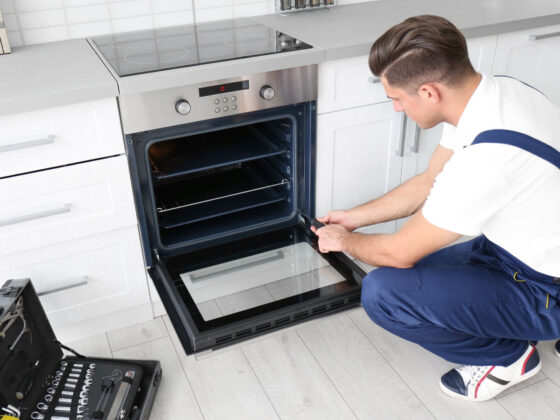Water heaters are an essential component of every modern home, ensuring the comfort and convenience of hot water for various daily activities. However, when a water heater malfunctions, it can cause significant disruption. Proper maintenance and repair can not only extend the life of your unit but also save you from unnecessary expenses.
This comprehensive guide provides in-depth knowledge about Water Heater Repair Etobicoke.
Types of Water Heaters and Their Common Problems
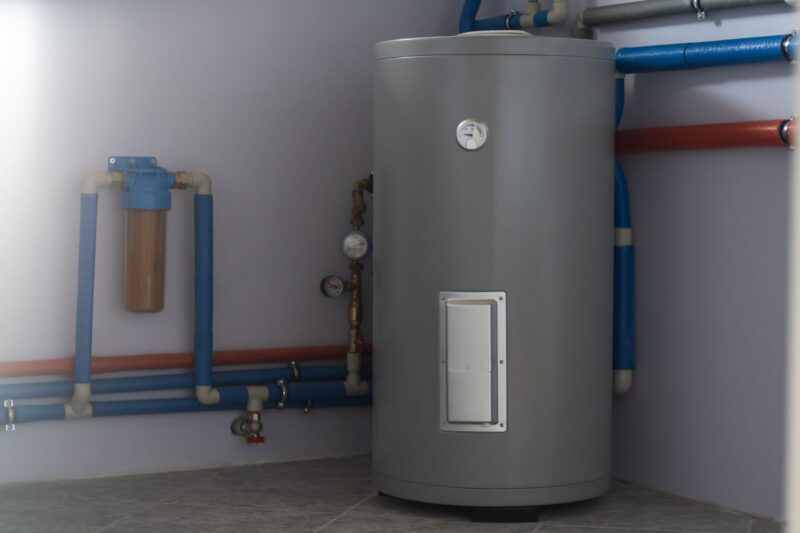
There are different types of water heaters, and understanding the kind you have is crucial for diagnosing problems. Below, we break down the most common types and the typical issues you might encounter with each.
1. Electric Water Heaters
Electric water heaters are powered by electricity, making them efficient and popular in homes with no gas supply. However, they are not immune to problems.
Common Issues:
- No Hot Water: If your electric water heater is not producing hot water, it could be due to a tripped circuit breaker, a faulty thermostat, or a broken heating element.
- Insufficient Hot Water: Sometimes, the water heater doesn’t produce enough hot water, which could be a sign of a damaged heating element, incorrect thermostat settings, or sediment build-up in the tank.
- Strange Noises: A rumbling or popping noise coming from the tank may indicate a sediment build-up, causing the water heater to overheat.
2. Gas Water Heaters
Gas water heaters operate using natural gas or propane, which makes them cost-effective and energy-efficient.
Common Issues:
- Pilot Light Goes Out: A faulty thermocouple or a clogged pilot tube can cause the pilot light to go out. Without the pilot light, the burner cannot ignite to heat the water.
- No Hot Water: If the water heater isn’t producing hot water, it could be a sign of a malfunctioning gas control valve or an issue with the thermocouple.
- Leaking Water: Gas water heaters can develop leaks over time, often caused by corrosion, faulty valves, or loose connections.
3. Tankless Water Heaters
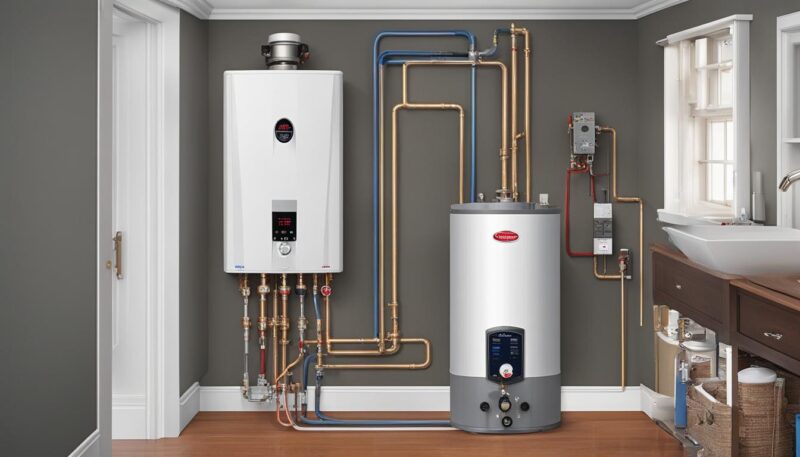
Tankless water heaters are known for their energy efficiency and ability to provide hot water on demand. However, they can experience issues if not maintained properly.
Common Issues:
- Water Temperature Fluctuations: A common complaint with tankless water heaters is inconsistent water temperature, which could be due to a blocked heat exchanger or improper gas pressure.
- Low Water Pressure: Mineral build-up inside the system can reduce water pressure in tankless water heaters, leading to inadequate hot water supply.
- Error Codes: Tankless systems often display error codes to indicate specific problems, such as overheating, combustion issues, or venting malfunctions.
Diagnosing Water Heater Problems
Before diving into repairs, it’s crucial to diagnose the root cause of the problem. Each type of water heater has unique signs and symptoms when something goes wrong. Here are some diagnostic steps you can take:
1. Check the Power Source
For electric water heaters, ensure that the circuit breaker hasn’t tripped. For gas water heaters, verify that the gas supply is intact and the pilot light is lit.
2. Inspect the Thermostat
The thermostat controls the water temperature in your heater. If it’s set too low, you may not get enough hot water. On the other hand, a malfunctioning thermostat may not accurately regulate the temperature.
3. Look for Leaks
Leaking water can signal a serious issue. Check the area around the heater for any signs of dripping or pooling water. If the leak is coming from the tank itself, it could be due to corrosion, which often requires replacement.
4. Listen for Unusual Noises
Banging or popping sounds could mean there’s sediment build-up at the bottom of the tank. This is a common problem in areas with hard water and can reduce the efficiency of your water heater over time.
5. Check for Error Codes (Tankless Heaters)
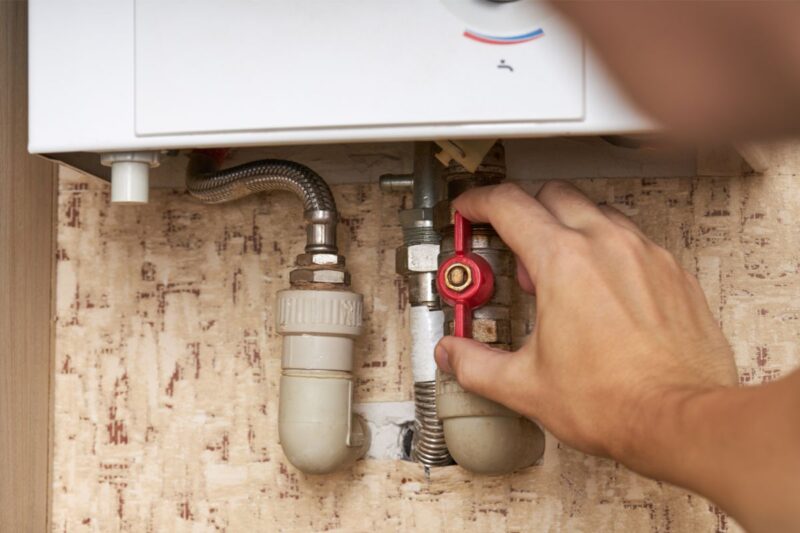
Most tankless water heaters display error codes when there’s a problem. Consult the owner’s manual to interpret these codes and understand what part of the system needs attention.
Step-by-Step Water Heater Repair Guide
Once you’ve diagnosed the issue, it’s time to proceed with the repair. Below are common problems and how to fix them.
1. No Hot Water
If your water heater is not producing hot water, here’s what you should do:
For Electric Water Heaters:
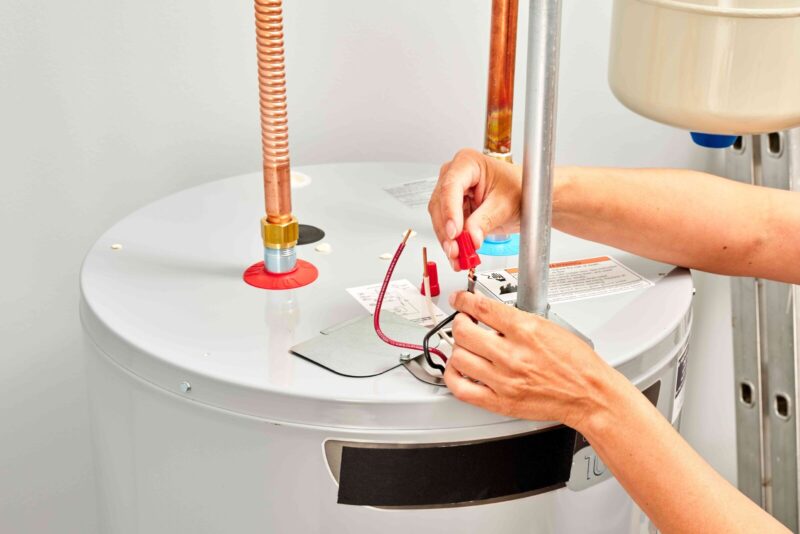
- Step 1: Check the circuit breaker and ensure it hasn’t tripped. Reset if necessary.
- Step 2: Test the thermostat settings. Ensure it’s set to a temperature between 120-140°F.
- Step 3: If the thermostat is working but there’s still no hot water, the heating element may be faulty. Replace the heating element following manufacturer instructions.
For Gas Water Heaters:
- Step 1: Check the pilot light. If it’s out, relight it following the water heater’s instructions.
- Step 2: Inspect the thermocouple, a device that shuts off gas flow if the pilot light goes out. If it’s defective, replace it.
- Step 3: If the pilot light still doesn’t stay lit, the gas control valve may be the culprit. Contact a professional to replace it.
2. Not Enough Hot Water
If your water heater isn’t producing enough hot water:
- Step 1: Adjust the thermostat to a higher temperature setting.
- Step 2: Check for sediment build-up in the tank. Drain the tank and flush it out to remove debris that could be affecting the heating efficiency.
- Step 3: For electric heaters, test the second heating element. If it’s malfunctioning, replace it.
3. Leaking Water
A leaking water heater can cause significant damage, so prompt action is crucial.
- Step 1: Turn off the water supply to the heater.
- Step 2: Drain the tank if necessary and inspect the valves and connections for signs of leaks. Tighten or replace any loose or defective parts.
- Step 3: If the leak is coming from the tank itself, it may be time to replace the entire unit.
4. Strange Noises
Rumbling, banging, or popping noises can indicate a build-up of sediment at the bottom of the tank. To fix this:
- Step 1: Turn off the water heater and let it cool.
- Step 2: Attach a garden hose to the drain valve and flush the tank to remove the sediment.
- Step 3: Consider installing a water softener if you live in an area with hard water to prevent future build-up.
5. Error Codes on Tankless Heaters
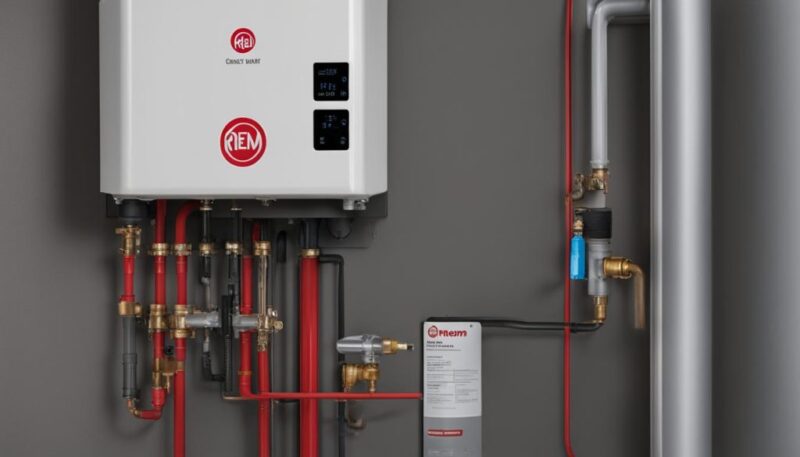
Tankless water heaters often display error codes to indicate specific issues.
- Step 1: Refer to the manual for the meaning of the code.
- Step 2: Check for blockages in the heat exchanger or venting system.
- Step 3: If you can’t resolve the issue, contact a professional technician.
When to Call a Professional
While many water heater problems can be resolved with simple repairs, there are times when professional help is necessary. If the issue involves gas connections, electrical wiring, or major leaks, it’s best to consult a licensed technician. Additionally, if your water heater is more than 10-15 years old, replacement may be more cost-effective than repair.
Conclusion
Water heater repair doesn’t have to be a daunting task. By understanding the common issues and how to troubleshoot them, you can keep your water heater running efficiently for years to come. Regular maintenance, such as flushing the tank and inspecting components, will also extend the lifespan of your unit and prevent costly repairs down the line. However, if you encounter more complex issues or your water heater is reaching the end of its life, it’s always wise to seek professional advice to avoid further damage.

